CODA Weather News
Home » CODA News
CODA Weather News
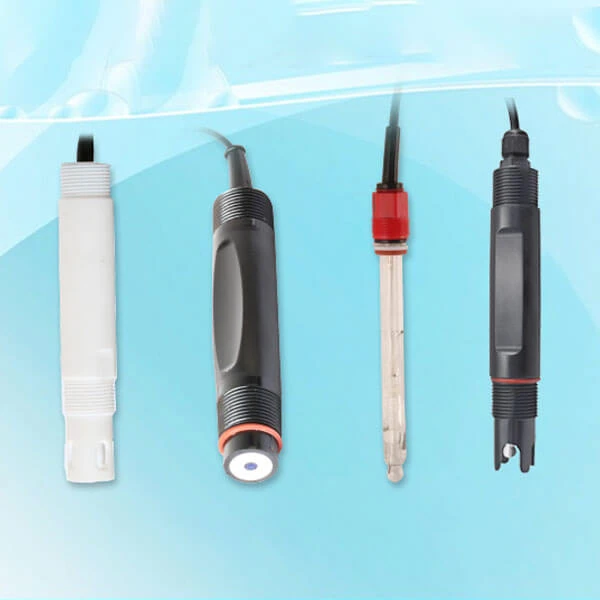
pH Sensor Types and pH Electrode Choose
Choosing the right water quality sensors, especially pH sensors, is crucial for accurate water measurement.

Gas Sensors: Varieties, Operating Mechanisms, and Uses
Gas sensors utilize physical or chemical reactions to transform the concentration of gases into electrical signals, providing outputs after processing.
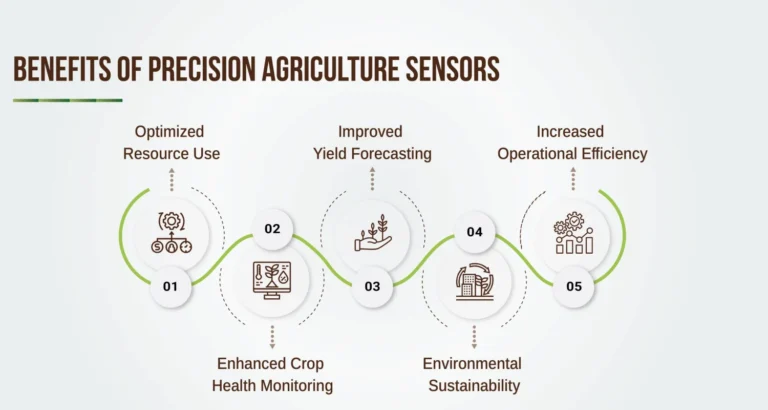
List of Agricultural Sensors and Their Advantages
A sensor is a device that detects specific information. It changes this information into an electrical signal or another form.

How do you operate soil moisture sensors?
A soil moisture sensor, also called a soil humidity sensor, is a device that measures the water content in the soil. It provides accurate information on soil moisture.
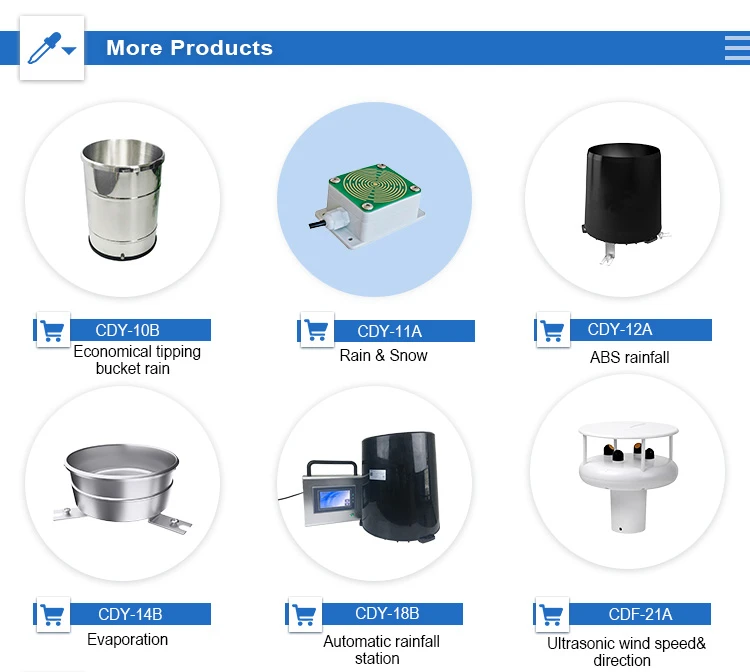
Types of rain gauges
There are various types of rain gauges frequently employed to assess rainfall:

Rain irrigation sensors system
Sensors for irrigation systems are a pivotal development in agricultural technology, allowing for the monitoring and collection of essential environmental data.
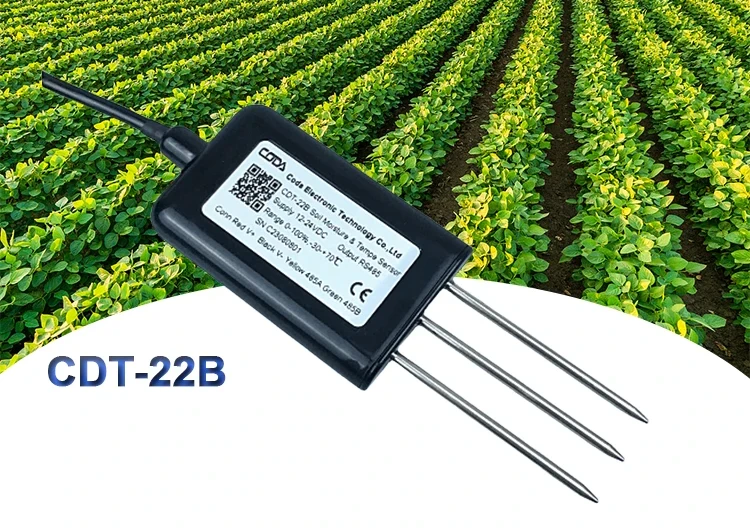
Understanding units of soil moisture
The phrase “unit of soil moisture sensor” denotes the benchmark employed by a soil moisture sensor to assess the moisture content in soil.
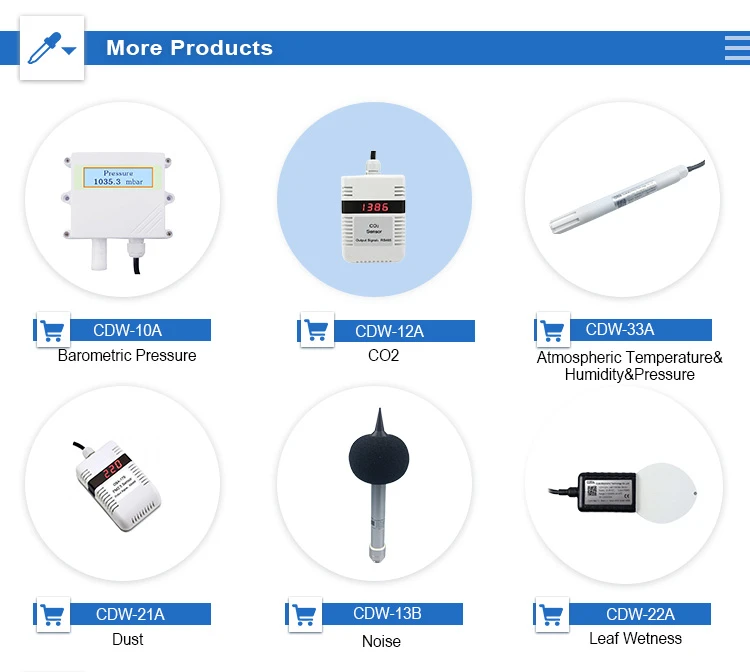
The role of environmental sensor
An environmental sensor is a gadget designed to assess and track various environmental elements. These encompass temperature, humidity, pressure, light, precipitation, wind velocity, wind orientation, noise, and particles such as PM2.5 and PM10.
Search
Have A Question?

Welcome to Hunan CODA Electronic Technology Co., LTD
- Building S5, Oakes Plaza, Changsha, Hunan
- Monday to Friday: 9:00 a.m. to 20:00 p.m
- (+86)17775769236
- [email protected]



